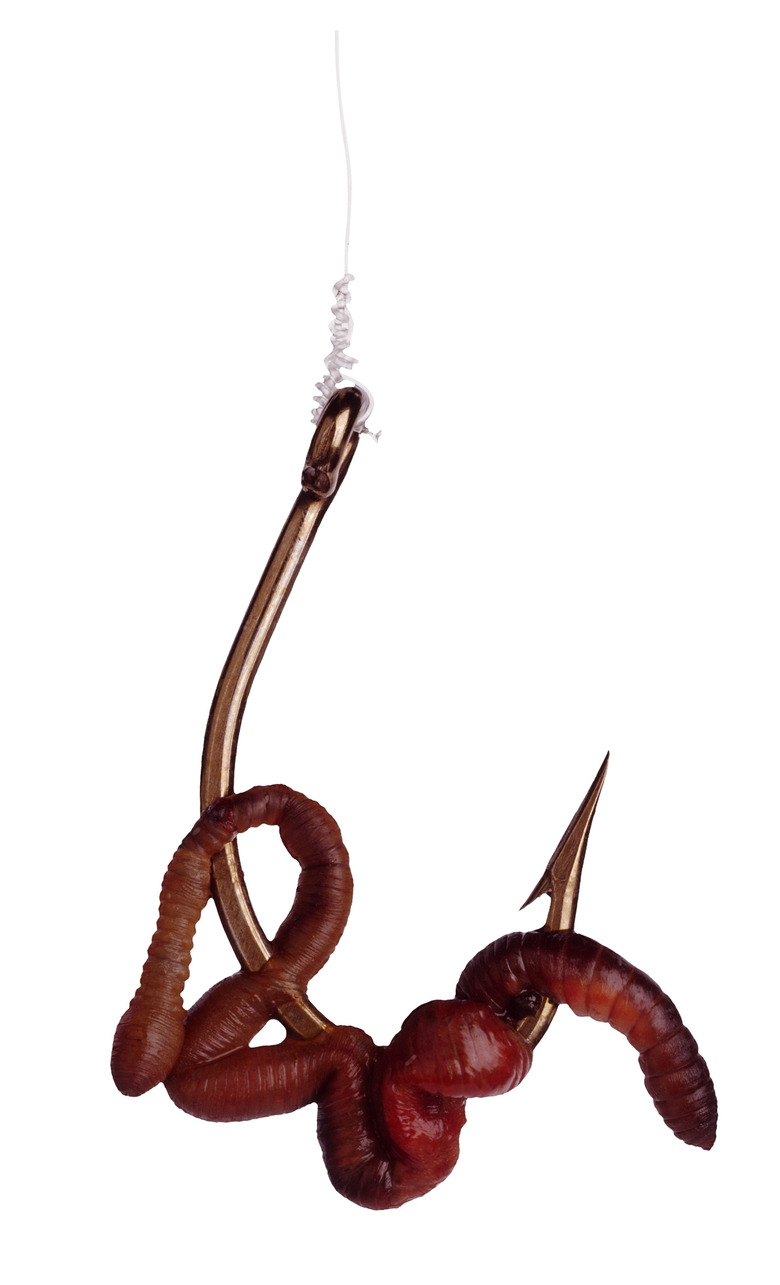What Are The Functions Of The Septum In An Earthworm?
Earthworms are slimy, spineless creatures that you might think were put on the earth to creep you out or use as fishing bait. A closer look at the biology of the earthworm, and the septum in particular, reveals a more complex creature than you might think. The segmentation, movement and excretion activities carried out by the septum of an earthworm are a clever design in a tiny package.
Introduction
Introduction
The length of an earthworm is divided into segments that contain septums between them. The number of segments varies with each worm according to maturity and type, from as few as 50 to as many as 500. Each segment contains organs, fluid and muscles. The muscles control the contraction of the segment, but the fluid cannot be compressed.
Movement
Movement
An earthworm's septums aid movement because they provide division internally between the earthworm's body segments and allow fluid to build without passing into another segment. The continual muscle contraction and fluid distribution within each segment allow for the crawl-like movements the earthworm exhibits.
Flexibility
Flexibility
The septum is a membrane that is flexible enough to allow for contraction of the internal muscles. Because the fluid cannot escape and does not contract, the earthworm can change shape, from rotund to flat, depending on the need and the accessibility of its location. This continual shape-shifting also allows earthworms to burrow into dirt.
Organ Separation
Organ Separation
Septums help separate an earthworm's internal cavities into sections of different organs. Through the length of an earthworm, some organs are repeated. Inside an earthworm is an entire digestive system that is carried throughout the segments. Most segments contain nephridia, organs that function like kidneys. Several segments contain hearts, while several others contain testes. This is why cutting an earthworm in certain spots will result in several worms that are capable of independent functioning.
Cite This Article
MLA
Maynard, Missi. "What Are The Functions Of The Septum In An Earthworm?" sciencing.com, https://www.sciencing.com/functions-septum-earthworm-12017983/. 24 April 2017.
APA
Maynard, Missi. (2017, April 24). What Are The Functions Of The Septum In An Earthworm?. sciencing.com. Retrieved from https://www.sciencing.com/functions-septum-earthworm-12017983/
Chicago
Maynard, Missi. What Are The Functions Of The Septum In An Earthworm? last modified March 24, 2022. https://www.sciencing.com/functions-septum-earthworm-12017983/
